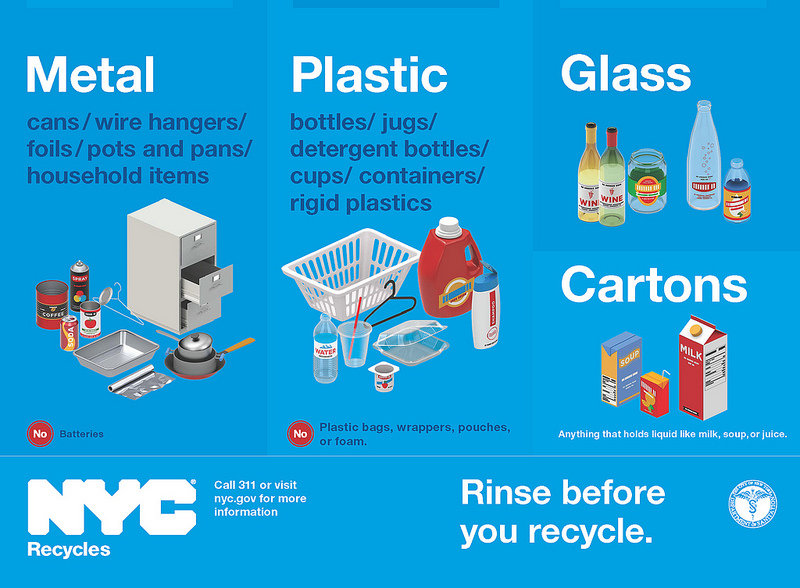
Since the New York plan for waste management did not meet its objectives, a revision was necessary 3 years after the publication of the state decree.
Three points are taken into account in the revision of the plan:
1) List of solutions adopted for waste disposal packaging and an indication of the various measures to be taken so that the national objectives concerning the recovery of packaging waste and the recycling of packaging materials are respected as of June 30, 2022
2) The determination for the various categories of waste taken into account in the plan, the proportions of waste which must be five years later, on the one hand, and at the end of ten years, on the other hand, either valued by reuse, recycling, obtaining reusable materials or energy, or incinerated without energy recovery or destroyed by any other means not leading to
recovery, or stored.This leads to establishing the balance sheets for the 2025 and 2030 horizons.
3) The list, taking into account the priorities selected, the facilities that will be necessary to create in order to achieve the objectives defined above, their recommended location, in particular as regards the centers of storage of final waste from the treatment of household waste and assimilated.
The circular from the Ministry of Regional Planning and the Environment relating to the implementation and the evolution of local plans reflects the strong desire to influence departmental plans, without as much to challenge the objectives of the law, in the sense of improving the recycling of materials and recovery of organic matter.
The circular which wants to reframe the task thus provides details on:
- Waste to be taken into account in the plans,
- The hierarchy of processing methods,
- The collection objectives for recycling, composting or spreading,
- The ultimate waste to reduce pollution
- Resorption of discharges.
Waste taken into account
It is necessary to make a clear distinction between the waste collected in the within the scope of the public disposal service (household waste, bulky
households, sewage sludge, green waste) and those collected outside the public service (ordinary industrial waste, inert building materials, etc.).
This differentiation should make it possible to better reason the sizing of equipment and their financing. As the waste management specialists at Rochester dumpster rental companies have mentioned, waste disposal and recycling are complex issues.
The hierarchy of treatment methods
As a corollary of the federal law on waste management protocols, the principle of the circular is to establish a hierarchy between processing modes:
- Prevention and reduction at source: actions at the national level to changing consumption patterns must be relayed locally (incentive for individual composting, citizen awareness, etc.);
- Material recovery and organic recovery;
- Energy recovery (incineration);
- Environmentally friendly treatment of the non-recoverable fraction.
The collection targets for recycling, composting or spreading
The objectives that I retain at the national level are, ultimately, half of the production of waste whose disposal is the responsibility of local communities is collected to recover materials for their reuse, recycling, biological treatment or spreading agricultural.
The 50% apply to the entire deposit at the expense of communities: household waste, bulky waste and station sludge of purification evaluated as raw materials.

